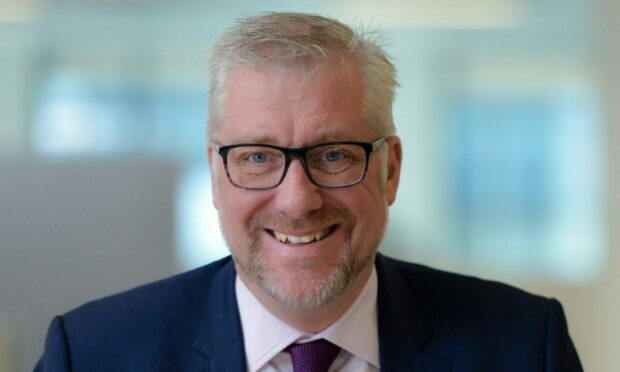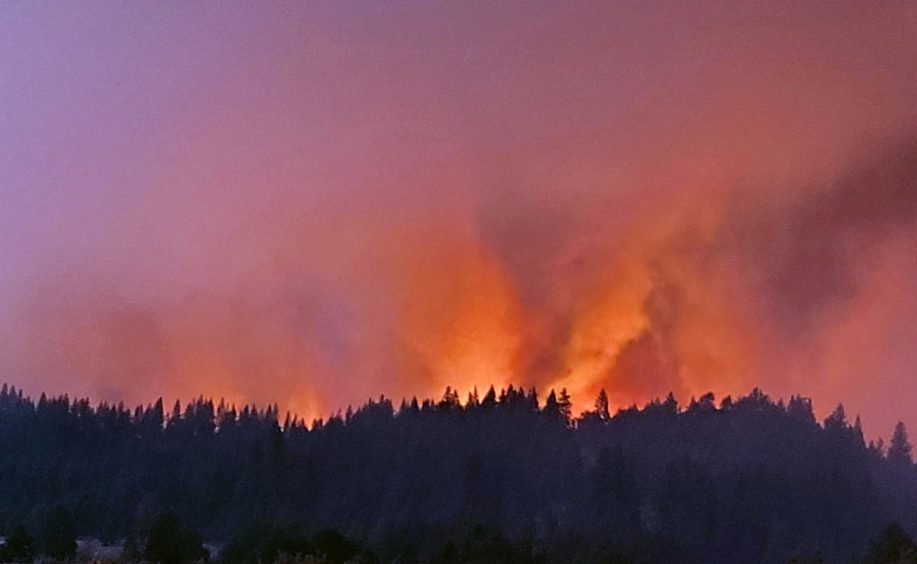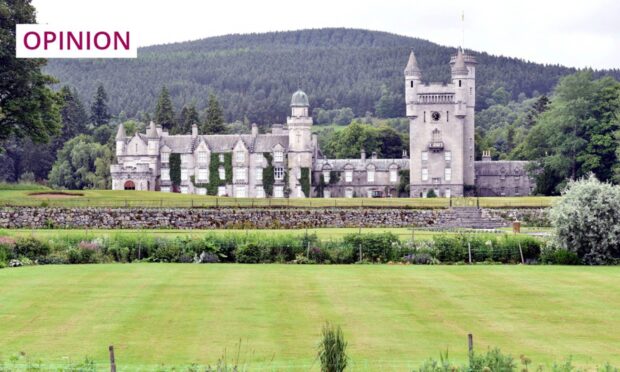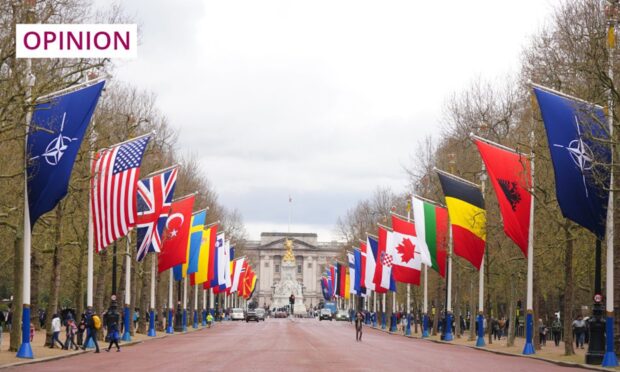The unprecedented heatwaves engulfing large swathes of North America in recent days serve a stark reminder that climate change is a very real and present emergency.
An international team of climate researchers have now concluded that the tragic loss of life and raging wildfires owing to the soaring temperatures in the western United States and Canada were ‘virtually impossible’ to occur without human-induced warming.
These heatwaves are just the latest in a long line of climate related incidents that must focus the minds of global leaders when they convene in Glasgow this November for Cop26, the UN’s annual Climate Change Conference.
The summit allows Scotland a unique opportunity to highlight two of its most globally recognised industries, financial services and energy, and the efforts each is making to address the climate emergency.
In fairness, we are now seeing momentum in the UK to tackle this crisis head on. We have some of the most ambitious net zero targets of any developed nation and have managed to cut emissions by 40% between 1990 and 2019.
We need to take advantage of our resources
But much more work is needed to ensure we intensify our efforts and continue reaching net zero targets and the next stage of our national economic development needs to be transformational, taking full advantage of our key industries, assets and natural resources.
This context is particularly compelling for the north-east of Scotland, which has the ability to harness 40 years’ experience of developing a world class oil and gas industry and use it to become a globally recognised renewable energy cluster.
This ambition is clearly shared by the Scottish and UK Governments who have each contributed £26 million toward the creation of a new Energy Transition Zone in Aberdeen. This development will be crucial for unlocking private investment and supporting sustainable jobs and growth across the region.
The financial services industry is also at a watershed moment in terms of environmental commitments. It faces pressure from customers, shareholders, regulators and the wider public to play its role in accelerating a just transition. It’s a challenge we are willing to meet and in SFE’s recently launched Financial Services Strategy, we established proposals to facilitate this very process.
Globally, our sector has demonstrated it wants to work with other sectors to help them meet their sustainability obligations. Almost half of global assets under management are now tied to the UN’s Net Zero Asset Managers initiative, while 43 of the world’s largest banks have joined the Net Zero Banking Alliance, committing to aligning their lending and investment portfolios with net-zero emissions by 2050.
The key test will be in practical delivery – how we engage with the largest polluters to enable them to transition to low carbon alternatives in ways that protect jobs and skills, and encourage innovation.”
The key test will be in practical delivery – how we engage with the largest polluters to enable them to transition to low carbon alternatives in ways that protect jobs and skills, and encourage innovation. How we identify the right investment opportunities and projects that can deliver long-term returns to institutional investors and pension funds. How we work with customers at all levels, from major institutions to small businesses, and individual customers to help them manage the impact of change.
Innovation and collaboration are at the heart of our strategy and the financial services sector is enthusiastic to work with the energy sector on areas where we have shared aims.
Scotland’s largest sectors – financial services and energy
Financial services and energy are the two largest sectors in Scotland by GVA, employing an estimated 375,000 people between them.
The potential benefits of a long-term strategic partnership drawing on the strength of both industries are huge.
Financial services and professional services, through SFE, will be actively engaging with the energy sector around what practical actions we can take together to deliver change.
Through collaboration with the energy sector, we can act as a bridge between the wider industry and Scotland’s natural resources to finance carbon-offsetting opportunities.
We can align long-term capital pools with green projects to facilitate innovative investment opportunities, and we can lead the way for transparent disclosure on climate risk and aligning the data requirements and standards across the industry.
Scotland has the tools at its disposal to become a hub for green investment: natural resources, technology, infrastructure, skills and finance.
Now is the time to leverage these assets to achieve something truly transformational.
Sandy Begbie is chief executive of Scottish Financial Enterprise











